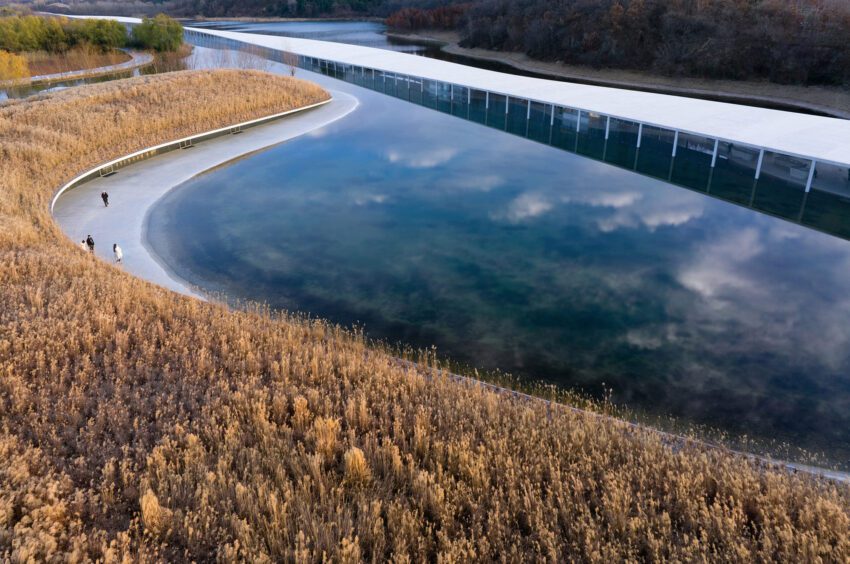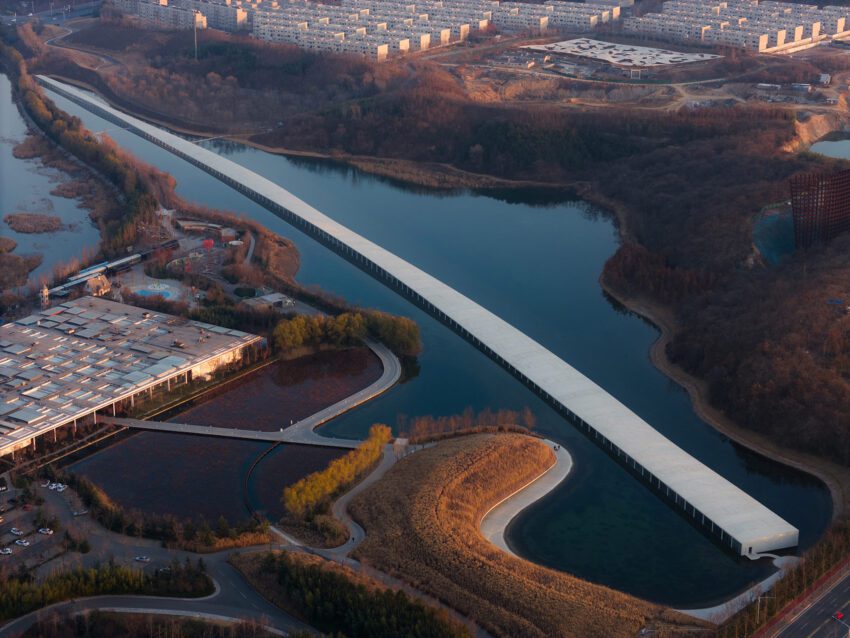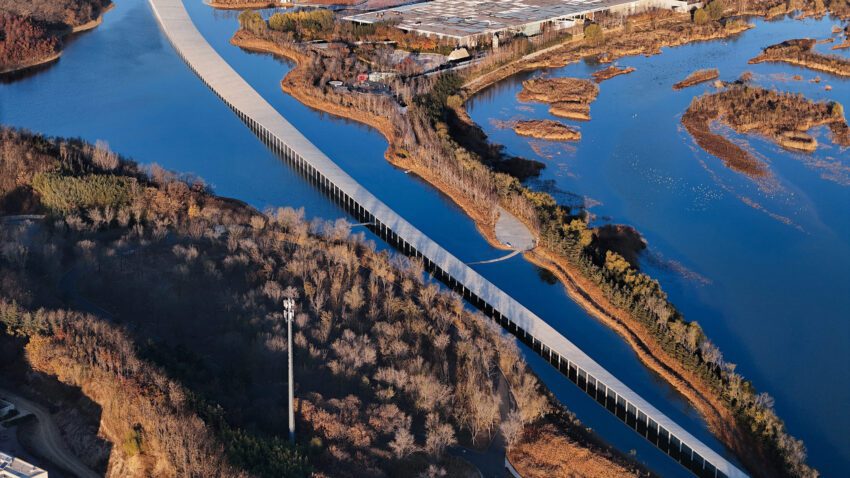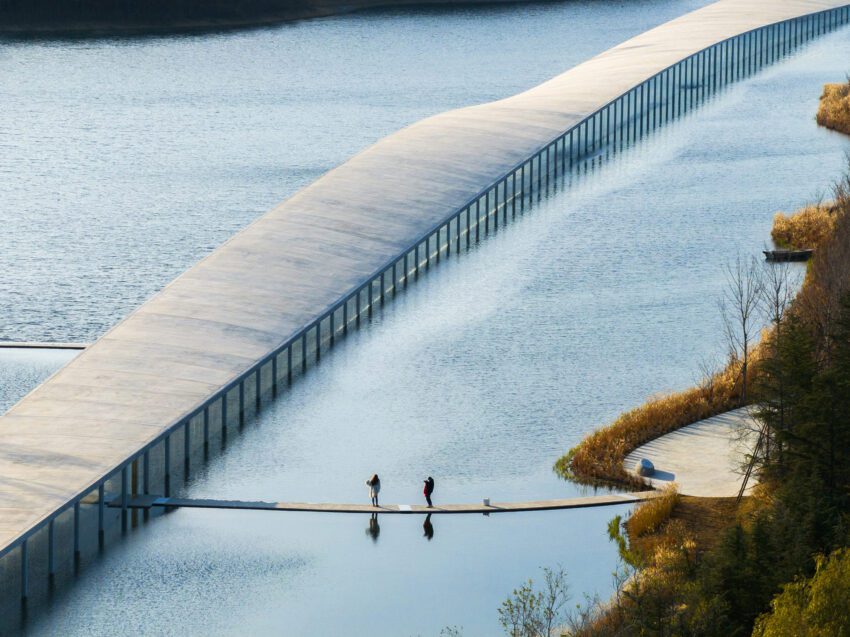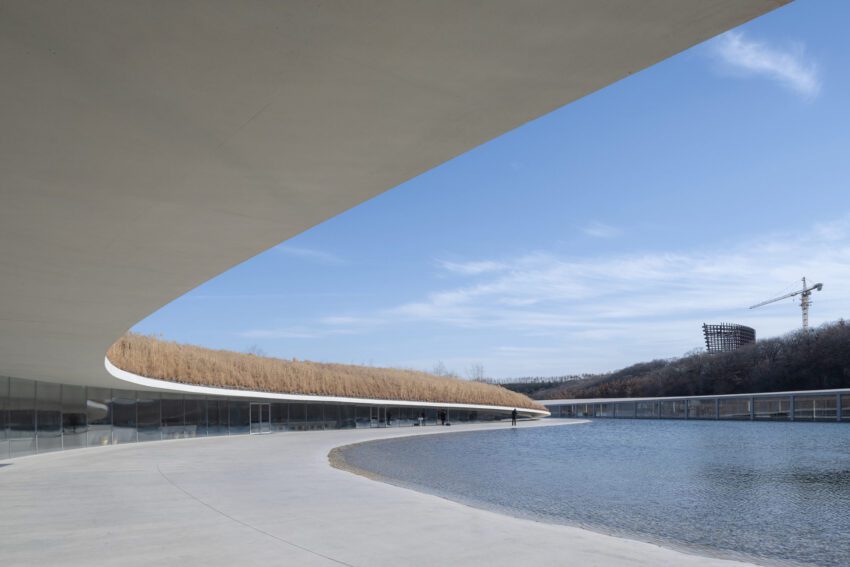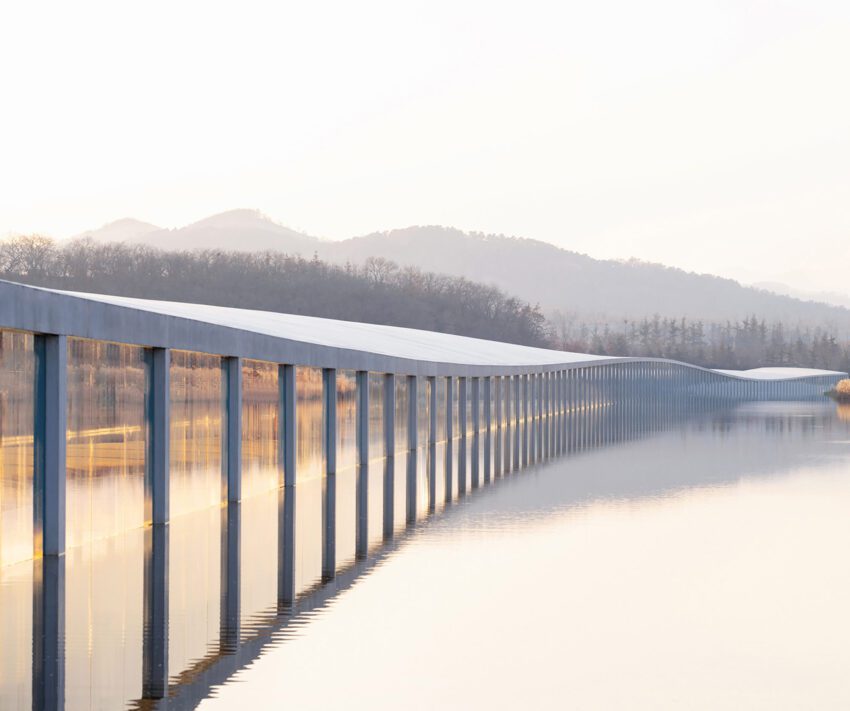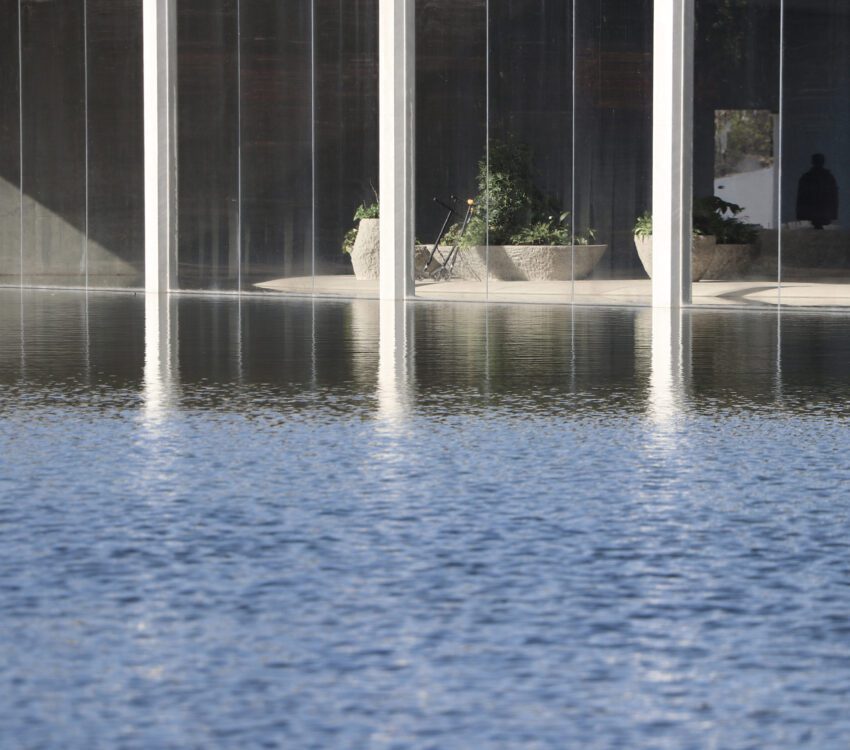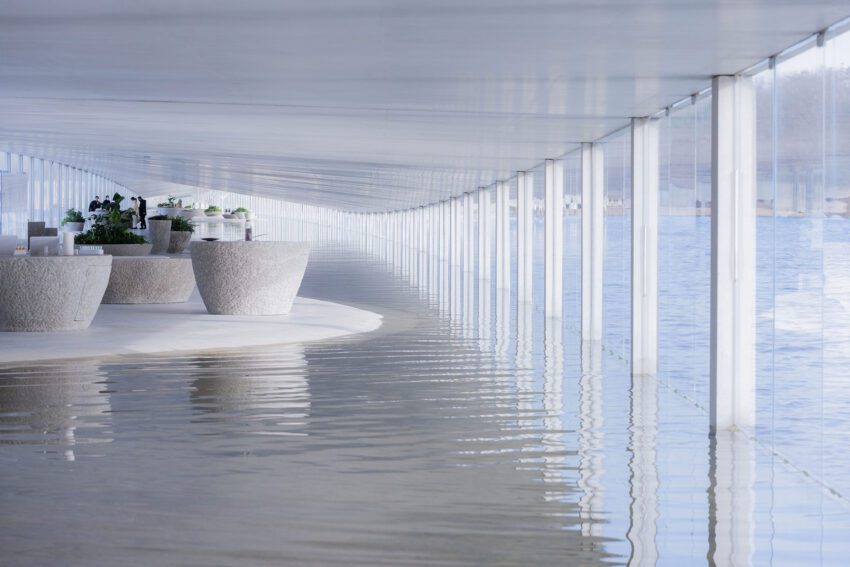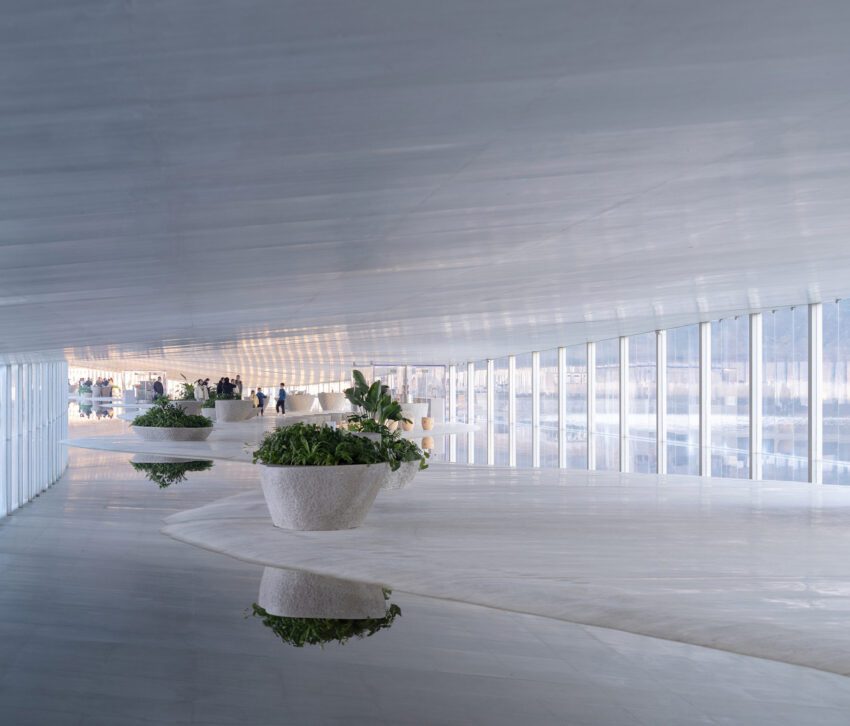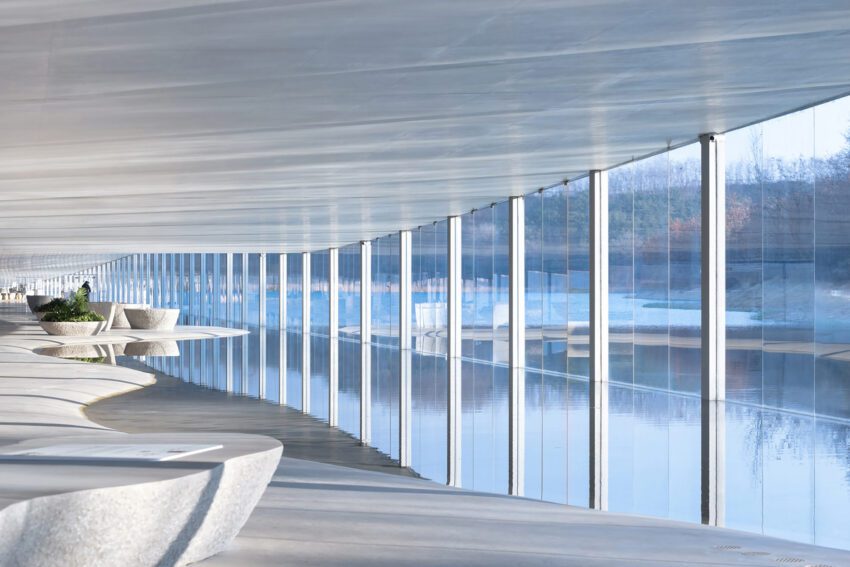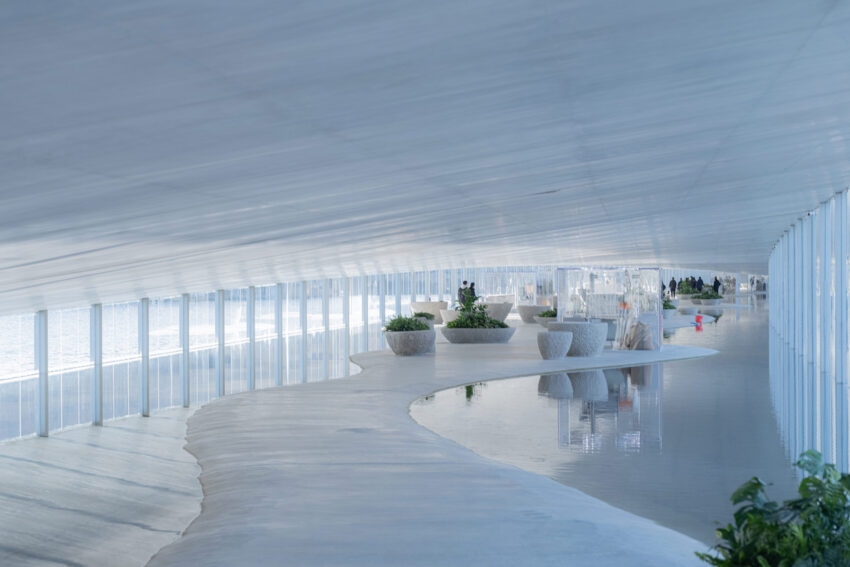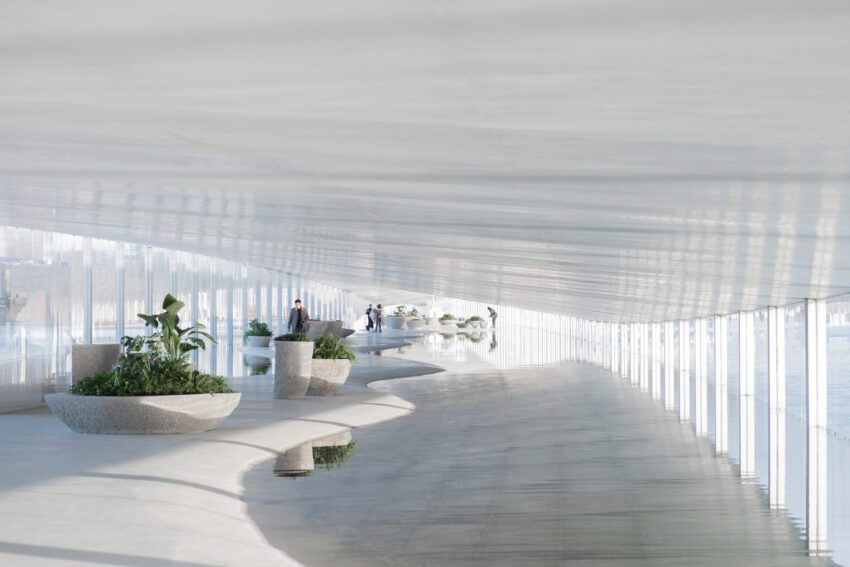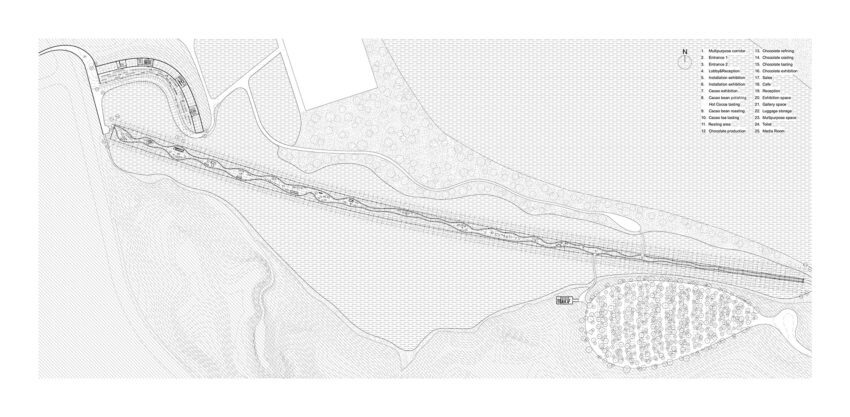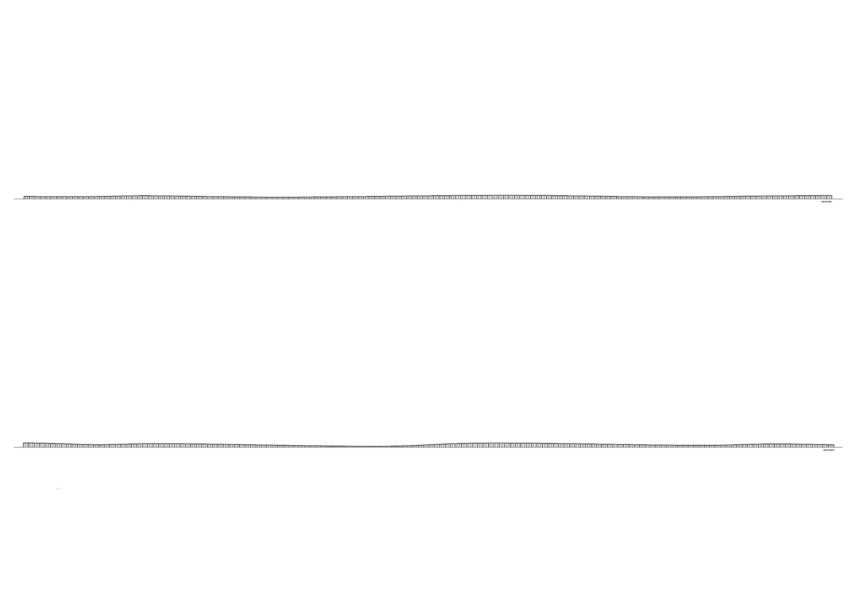In the diverse and expansive landscapes of China, Junya Ishigami+Associates unveils the Zaishui Art Museum, a true embodiment of architectural fluidity. Situated in Shandong, China, this innovative project transcends the traditional concept of a structure; it stands as a testament to harmonizing with the environment through architectural creativity and thoughtful design. Blurring the boundaries more than ever, water becomes an integral element of the architecture. The Zaishui Art Museum exemplifies seamless integration with its surroundings, reflecting a profound understanding of how natural and built environments can coexist as one.
Zaishui Art Museum Technical Information
- Architects1-10: junya.ishigami+
associates - Location: Rizhao, Shandong, China
- Topics: Blurring Boundaries, Architectural Fluidity
- Floor Area: 20,220 m2
- Project Year: 2016-2023
- Photographs: © Arch-Exist, © junya.ishigami+associates
Key to addressing the problem of the landscape in China is to view the architecture as a ‘gentle giant’ of an environment, and search for a totally new relationship between natural and manmade. An entity emerges in which architecture standing in isolation sits comfortably in the natural environment, the two interacting.
– junya.ishigami+
associates Architects
Zaishui Art Museum Photographs
A Gentle Giant in the Landscape
Ishigami’s design philosophy for the Zaishui Art Museum revolves around the concept of “Gently Gigantic.” The project confronts the daunting challenge of aligning architecture with China’s immense natural landscapes. The museum is not just a structure; it’s a dialogue between man-made and natural worlds, challenging the traditional isolation of buildings within their vast settings.
The Design: A Seamless Integration
Spanning approximately 20,000 square meters, the museum is situated on an artificial lake near a development area’s entrance in Rizhao City. Its design envisions a space where the boundaries between the building and its environment blur, creating an immersive experience. The structure extends gently across the lake’s surface, akin to a kilometer-long whisper, integrating the lake into the museum’s very essence.
An Evolving Exhibition Space
Currently, the museum hosts chocolate-themed exhibitions and related art, but its flexible design allows for future content changes. This adaptability mirrors the building’s philosophy – a constant, harmonious evolution with its surroundings.
Architectural Elements: A Symphony of Nature and Design
Key features of the design include:
- Columns and Roof: The museum boasts rows of columns submerged in the lake, supporting a sash-like roof that seems to float above. This design choice creates a new boundary between the lake and the land, crafting an interior that coexists with the exterior.
Glass Integration: Strategic placement of glass between columns allows for natural light and air to permeate the space. Some sections open up, inviting the breeze inside, while underwater gaps channel lake water into the building, blurring the line between indoors and outdoors.
Interplay of Light and Reflection: The museum’s varying ceiling heights and glass placements create dynamic light and reflection patterns, enhancing the natural ambiance. From reflecting water surfaces on the ceiling to light crawling across the water, the museum’s design captures the essence of its lakeside setting.
A New Relationship with Nature
Ishigami’s Zaishui Art Museum redefines the relationship between architecture and the environment. It’s a place where nature and structure coexist, each enhancing the beauty of the other. The museum embodies a vision where architecture doesn’t dominate but rather complements and converses with its natural setting.
The Zaishui Art Museum by Junya Ishigami+Associates is more than just a building; it showcases the potential of architecture to achieve a symbiotic relationship with the environment. This “gentle giant” is a symbol of innovative design, harmonizing with the Shandong landscape and presenting a new perspective on how buildings can coexist with nature.
Zaishui Art Museum Plans
Zaishui Art Museum Image Gallery
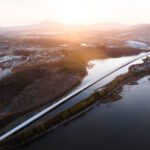
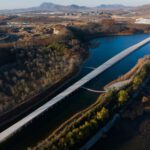
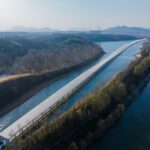
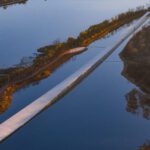
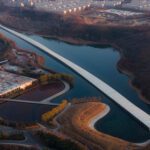

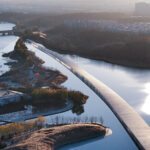
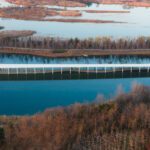
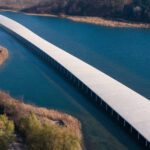
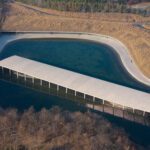
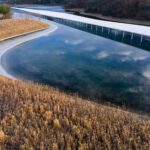
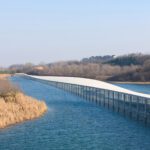
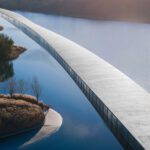
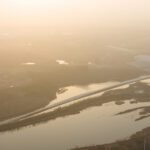
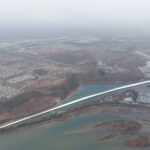
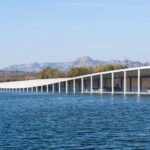
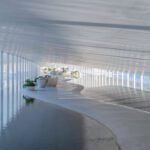
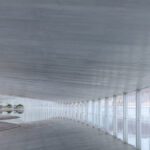
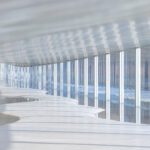
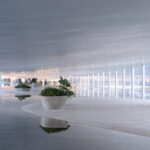

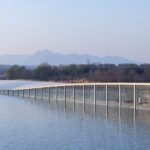
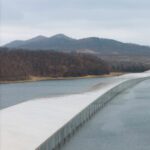

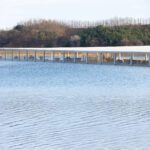
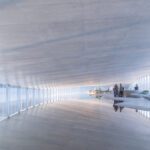
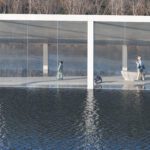

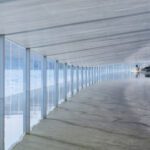
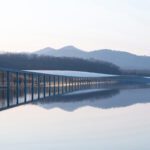

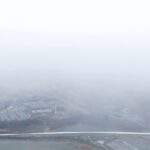

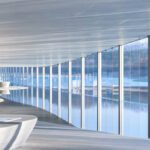
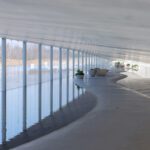
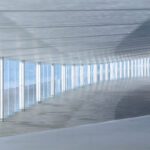
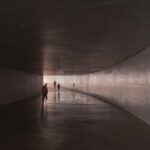
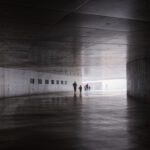

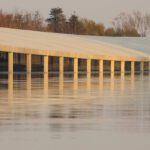

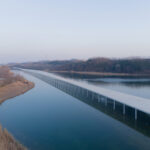

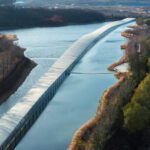
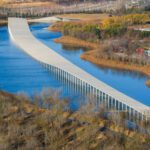
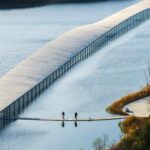

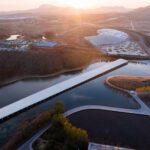
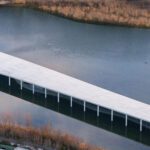
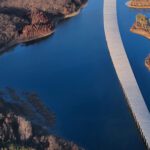

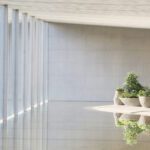
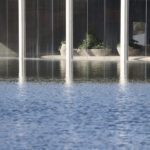
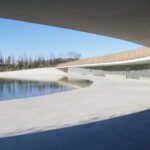
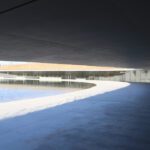
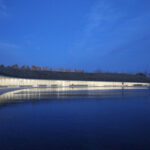
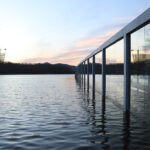
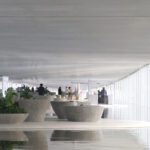
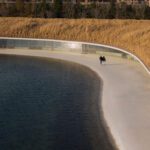
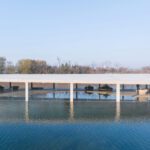
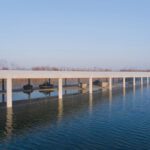
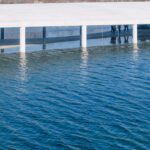
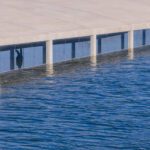
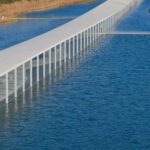
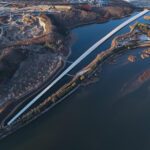

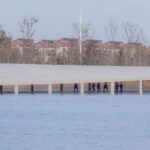
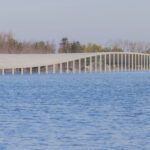
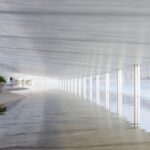

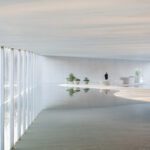
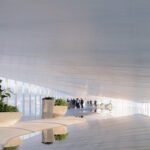
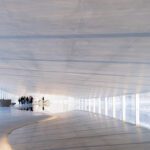
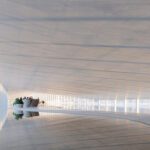

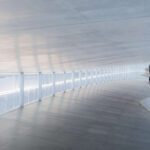
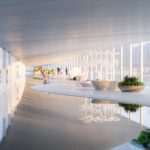
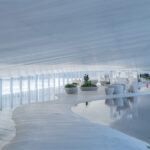

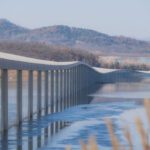


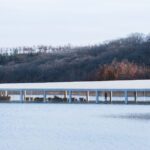

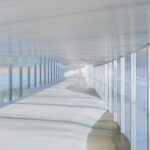


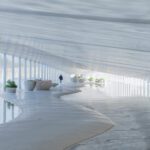

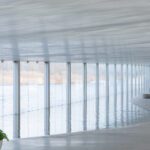
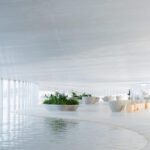

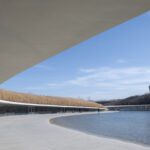

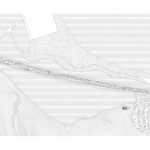
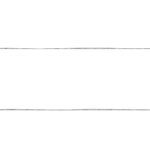
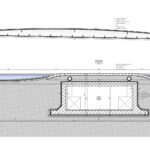
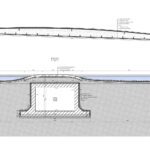


About junya.ishigami+associates
Junya Ishigami+Associates is a Tokyo-based architectural firm renowned for its innovative and ethereal designs that challenge conventional notions of architecture. Founded in 2004 by Junya Ishigami, the firm has gained international acclaim for its unique approach to design, which often blurs the lines between nature and architecture. Ishigami’s work is characterized by a deep respect for the environment, with designs that seamlessly integrate into their surroundings, creating spaces that are as much landscapes as they are structures. This philosophy has led to a variety of award-winning projects, ranging from small-scale installations to large public buildings, each embodying the firm’s commitment to redefining the boundaries of architectural design.
Notes & Additional Credits
- Design Leads: Junya Ishigami, Zenan Li
- Design team: Zhirui Lin, Sellua Di Ceglie, Rui Xu, Tong Zhang, Cing Lu, Yuxuan Zhou, Zhixuan Wei,
Yunyi Zhang, Hanyang Zhou, Qinxuan Li, Jason Tan, Anping Song, Yichen Ji - Clients: Shandong Bailuwan Co., Ltd
- Structure: XinY structural consultants, Xin Yuan
- MEP: Environment-friendly solution to Building Services Engineering, Xueqin Yin
- Lighting Adviser: Environment-friendly solution to Building Services Engineering, Xueqin Yin
- Furniture design: Junya.ishigami+ associates – Junya Ishigami, Zenan Li, Rui Xu, Yuxuan Zhou, Jason Tan, Anping Song, Yichen Ji
- Stone Material Factory: Sichuan Yutong Stone Co., Ltd
- Supervision: Junya.ishigami+ associates – Junya Ishigami, Zenan Li, Zhixuan Wei, Rui Xu, Cing Lu, Hanyang Zhou, Qinxuan Li, Yunyi Zhang
- Construction (Reinforced concrete part): Beijing Yihuida Architectural Concrete Engineering Co., Ltd
- English translation: Pamela Miki Associates
- Site area: 18,417 m2
- Building area: 15,810 m2
- Floor-area ratio: 85.8%
- Each floor area: B1/3469 m2, GF/15810 m2,
- Number of floors: GF, B1
- Floor height/ceiling height: 0-4.5 m
- Maximum eave height/maximum height: 4.95m
- Number of parking spaces: 500
- Structure: Steel Reinforced Concrete Structure
- Design period: December 2016 ~ July 2019
- Construction period: August 2019 ~ December 2023

